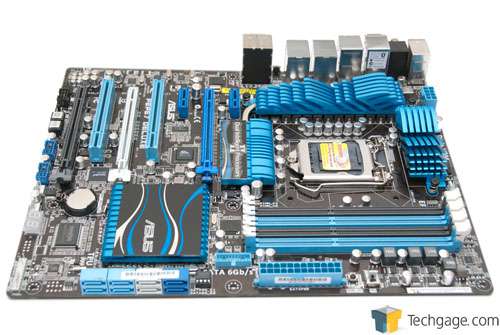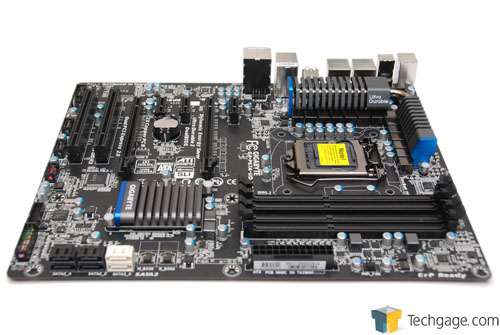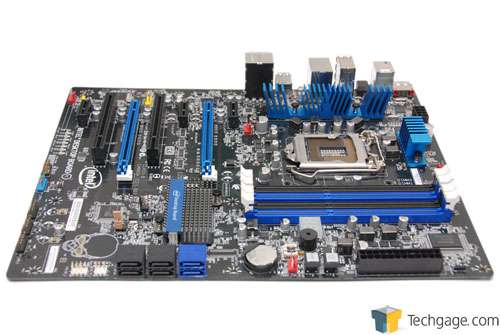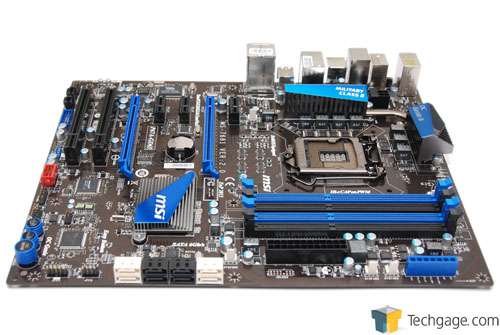- Qualcomm Launches Snapdragon 4 Gen 2 Mobile Platform
- AMD Launches Ryzen PRO 7000 Series Mobile & Desktop Platform
- Intel Launches Sleek Single-Slot Arc Pro A60 Workstation Graphics Card
- NVIDIA Announces Latest Ada Lovelace Additions: GeForce RTX 4060 Ti & RTX 4060
- Maxon Redshift With AMD Radeon GPU Rendering Support Now Available
Intel P67 Roundup: ASUS, GIGABYTE, Intel & MSI
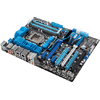
We’ve been a little short on motherboard content lately, so to kick things back into action we’re taking a look at four P67-based motherboards at once – all benchmarked using our newly revised test suite. The boards we’re looking at are the ASUS P8P67 Deluxe, GIGABYTE P67A-UD4, Intel DP67BG and MSI P67A-GD65.
Page 1 – Introduction
As much as I hate to admit it, we’ve been experiencing a drought with our motherboard content, but with the help of this article, things are soon to get back to normal. Prior to this P67 roundup, we spent weeks perfecting the revision of our motherboard testing suite, which I talked a bit about in our news section a couple of weeks ago.
Creating a solid test suite for any type of hardware is tough, but after pouring tons of time into this one, we’re confident that the benchmarks and other test results will give us the best possible picture of whether or not one motherboard lives up to where we think it should be.
Because it’s difficult to get the bigger picture when dealing with the results from just one motherboard, we decided to kick things off with a look at four mainstream models from “the big 4”, including ASUS, GIGABYTE, Intel and MSI. All of these boards range from $180~$230, so we’re hoping to find a “sweet spot” board that offers a perfect blend of superb performance and features.
We’re going to be taking a deeper look at each board on the following pages, but as a primer, we’re going to go over the basics here.
First up is ASUS’ P8P67 Deluxe, the highest-priced board we’re going to tackle here, at $230. Though the most expensive, it could be argued that it’s for a reason, as ASUS’ Deluxe models have long been considered the most feature-rich on the market for the price, offering all of what’s important to the enthusiast, without going overkill.
Sporting the black PCB + blue components color scheme we’ve come to expect from ASUS, the P8P67 Deluxe looks to impress, and with its Digi+VRM power efficiency feature, the company aims to give us a board that delivers unparalleled performance and smooth operation.
From GIGABYTE, we have the P67A-UD4, priced at $180. Similar to the P8P67 Deluxe mentioned above, the UD4 series from GIGABYTE tries to deliver the best of all worlds, starting off with a clean and smart design and finishing with great performance. Of all the boards we’re looking at here, I am inclined to say this one is the best-looking, as there’s nothing about the color scheme that stands out in a bad way, and the heatsink design is simple, yet efficient.
Featuring what GIGABYTE calls its “Dual CPU Power” design, only half of the board’s 12 power phases are used during regular use, prolonging the life of the VRM, while at full load, all 12 will kick into gear. This, combined with the use of Intel-approved Intersil PWM controllers, aim to deliver a robust power solution that can instill confidence in both the board’s long life and in its reliability.
The most serious board of the bunch might be Intel’s ~$200 DP67BG. We use a ~ because at this point in time we can’t seem to find the board available online anywhere, though it was in month’s past. Whether or not Intel discontinued it to prepare for Z68, we’re unsure. Either way, it’s being included here for a bit of better comparison.
Intel’s board is the least-robust of them all in terms of bling or mind-exploding features, but as we’ve come to expect, the goal is to deliver a board that is as reliable as possible and gives people all of what they need, and nothing of what they don’t. And as we discovered in a recent article, overclocking is something Intel has on its mind, which is nice.
For MSI’s board, we have the company’s mainstream top offering, the $180 P67A-GD65. Like the above-mentioned boards, MSI takes power efficiency and reliability seriously, so it’s no surprise to see this board taking advantage of MSI’s “Military Class II” components, which means that Hi-C capacitors are used along with super ferrite chokes and high-quality solid capacitors.
Of the four boards we’re looking at here, MSI is the only company other than ASUS to include a colorful EFI, in lieu of a typical BIOS. Whether or not this is a good thing depends on the user, but after using the current options on the market, we have little to complain about.
Let’s now take a deeper look at each board, and afterward, we’ll tackle our updated test suite before jumping into the actual results.
Support our efforts! With ad revenue at an all-time low for written websites, we're relying more than ever on reader support to help us continue putting so much effort into this type of content. You can support us by becoming a Patron, or by using our Amazon shopping affiliate links listed through our articles. Thanks for your support!




